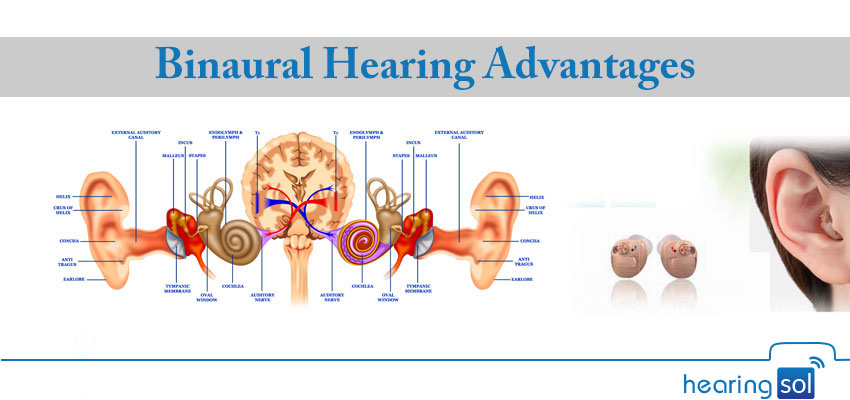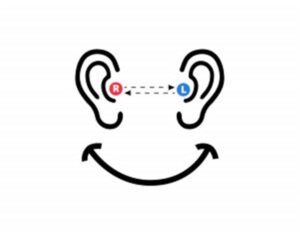

The increased hearing handicap in this group is most strongly linked to deficits in spatial perception. Over time, such additional stressors result in auditory fatigue and reduced performance at work. Increased effort is required to compensate for unilateral hearing loss in complex listening environments. As such, the impact of SSD is often underestimated. Unlike other paired systems, such as vision, where the impact of unilateral impairment is readily acknowledged, hearing is subject to an invisibility factor, where the disability itself is less overt and subsequently underappreciated.

Long overlooked are the deficits and disability associated with SSD, which have substantial but differential impacts on the affected. Despite this, prevailing misperceptions that one normal hearing ear is sufficient for daily communication persists. Often, this loss can be sudden in onset, leaving the patient extremely debilitated. The etiology of SSD is widespread, including such pathologies as cochleovestibular abnormalities, temporal bone trauma, Meniere’s disease, vestibular schwannoma, vascular ischemia, autoimmune disorders and infections, although it is commonly idiopathic in nature. Acquired unilateral hearing loss occurs in 12–27 per 1,000,000 persons annually. Profound unilateral sensorineural hearing loss, often termed single-sided deafness (SSD), refers to clinically-unaidable hearing, as defined by severe-to-profound hearing thresholds with a poor word recognition ability. This review explores the consequences of unilateral profound deafness and reviews treatment and rehabilitative strategies. Accumulating evidence points to the loss of spatial perception as the driving factor in functional disability for those with unilateral hearing loss. However, disability and handicap in those with unilateral hearing loss have been shown to match or exceed those that are reported in individuals with bilateral hearing loss, despite hearing with only one normally functioning ear. Disabling hearing loss has long been associated with bilateral age-related changes. These estimates, however, do not take into account the proportion of adults with undiagnosed or unaddressed hearing loss, such as those with unilateral hearing impairment. dollars annually, and is largely due to higher unemployment rates and lost work productivity. The estimated costs of this global health burden exceeds 750 billion U.S. Hearing loss is associated with increased mortality and has widespread effects on overall health, including links to cognitive decline, cardiovascular disease, depression, sleep disorders and impaired socialization. Hearing loss is the third leading cause of disability globally, with approximately 466 million people living with disabling hearing loss around the world. This review focuses on the latest insights into the deficits of profound unilateral hearing impairment, and current treatment approaches. In recognition of this, rehabilitative solutions such as the rerouting of signal and hearing implants are on the rise. The functional deficits of profound unilateral hearing loss have a substantial impact on socialization, learning and work productivity. Consequently, this leads to a reduced ability to understand speech in competing noise and to localize sounds. Unilaterally deafened listeners lose access to critical binaural hearing cues. Profound unilateral hearing loss significantly impairs spatial hearing abilities, which is reliant on the complex interaction of monaural and binaural hearing cues.

The deficits and disabilities associated with profound unilateral hearing loss, however, continue to be under-recognized and lack public awareness.

There is an increasing global recognition of the negative impact of hearing loss, and its association to many chronic health conditions.


 0 kommentar(er)
0 kommentar(er)
